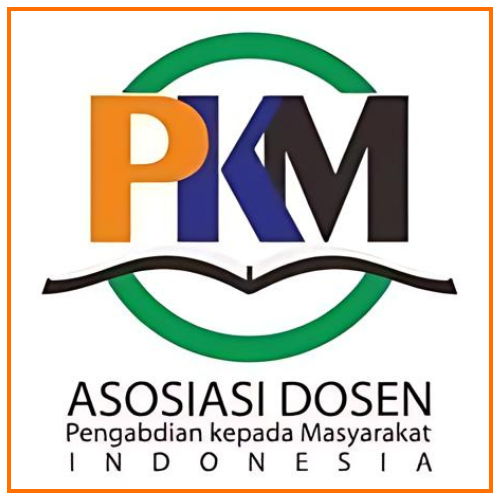Code Switching in the English Learning Process for Nursing Students
Abstract
References
Amri, Y. &. (2019). Sosiolinguistik Analisis Interferensi Budaya Pada Media Sosial. Bandung: Manggu.
Arikunto. (2013). Prosedur Penelitian Suatu Pendekatan Praktik. Edisi Revisi. Jakarta: PT. Rineka Cipta.
Chaer, A. &. (2010). Sosiolinguistik: Perkenalan Awal. . Jakarta: Rineka Cipta.
Crystal, D. (2003). English as a global language, Second edition. UK: Cambridge University Press.
Delahunty, G. P. (2010). The English language: From sound to sense. Parlor Press LLC.
Eka Susylowati, e. a. (2023). Alih Kode dan Campur Kode dalam Interaksi Pembelajaran Bahasa Inggris di Fakultas Pertanian Universitas Trunojoyo Madura. Prasasti : Journal of Linguistics, Vol 8, Number 2, 164-177.
Hikmawati, D. F. (2020). Metodologi penelitian . Depok: Rajawali Pers.
Margana. (2013). Alih Kode Dalam Proses Pembelajaran Bahasa Inggris Di SMA. LITERA : Jurnal Penelitian Bahasa, Sastra, dan Pengajarannya, Volume 12, Nomor 1, 39-52.
Mualimah, E. N. (2018). Campur Kode dan Alih Kode pada Proses Belajar Mengajar. Journal of Language learning and Research (JOLLAR), 35-47.
Ohoiwutun, P. (2002). Sosiolinguistik: Memahami Bahasa dalam Konteks Masyarakat dan Kebudayaan. Jakarta: Visipro.
Patanduk, e. a. (2021). Fungsi Alih Kode Dalam Pembelajaran Speaking. Yogyakarta: Penerbit Deepublish.
Rahardi, R. K. (2001). Sosiolinguistik, Kode dan Alih Kode. Yogyakarta: Pustaka Pelajar.
Sahir, S. H. (2021). Metodologi Penelitian. Yogyakarta: KBM Indonesia.
Sakura, K. N. (2023). Campur Kode Dan Alih Kode Pada Pembelajaran Basic English Bagi Mahasiswa/I Di Labuan Bajo. Prima Magistra: Jurnal Ilmiah Kependidikan, Volume 4 – Nomor 3, 217-228.
Suandi, I. N. (2015). Sosiolinguistik. Yogyakarta: Graha Ilmu.
Sugiyono. (2018). Metode Penelitian Pendidikan Pendekatan Kualitatif, Kuantitatif Dan R & D. Bandung: Alfabeta.
Wardhaugh, R. &. (2010). An introduction to sociolinguistics. Sixth edition. UK: Wilay Blackwell.
DOI: https://doi.org/10.37058/jelita.v4i1.11533
Refbacks
- There are currently no refbacks.








Journal of Education, Language Innovation, and Applied Linguistics
Lembaga Penelitian, Pengabdian Kepada Masyarakat dan Penjaminan Mutu Pendidikan (LP2M-PMP) Universitas Siliwangi
Jalan Siliwangi Number 24, Kota Tasikmalaya - 46115
West Java, Indonesia










